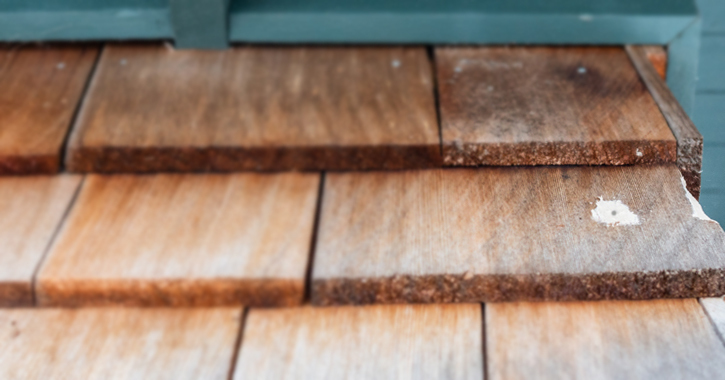How to Prevent Woodpecker Damage

The sounds and beauty of nature are all around us, but while some sounds can invoke a sense of serenity, others can elicit a feeling of dread while causing damage to your home and disruption to your sleep. Topping the list of unpleasant noises is that of a woodpecker hammering away at your siding, decking, or fence, but whether these birds are establishing dominance or searching for food, the end result is the same. Read on to learn some valuable tips for how to prevent woodpeckers from pecking your house from the team of experienced professionals at Five Star Painting®, and restore peace and harmony to your outdoor environment.
Why do Woodpeckers Peck?
There are four common reasons why woodpeckers peck on houses and other wooden structures:
- Nesting – Woodpeckers use their beaks to create cavities for nesting and shelter which requires the construction of a large, deep, round hole. These are typically formed at the beginning of breeding season during late April or early May, and once the eggs have been laid, it can be another six weeks before the babies are ready to leave the nest.
- Feeding – While their main diet is insects and larvae, woodpeckers also eat fruit, acorns, and nuts. If they are searching and feeding off insects living in your siding the holes they leave are likely to be small, shallow, and plentiful, and you may need the help of an exterminator to address the infestation.
- Storing – Acorn Woodpeckers live in the west, and hoard acorns by pecking appropriately sized holes in wooden structures and storing a solitary acorn in each one.
- Marking – These creatures may drum on your home in order to claim their territory or in an attempt to attract a mate. Damage done during this type of pecking is often minimal and will often stop after breeding season has begun.
Woodpecker Prevention Tips
Ready to learn how to prevent woodpecker damage to house siding and other wooden structures? Here are some winning strategies to get you started:
Use Reflective Materials
Hang metallic or other shiny materials such as metal pie plates, small mirrors, old CDs, and more from strings or fishing line at intervals around your home's exterior. As the light catches the objects they may serve to startle the woodpeckers and encourage them to find a more relaxing environment.
Show Movement
Colorful flags, banners, streamers, and windsocks will move with the smallest breeze and may convince the birds that there is a predator nearby.
Repair Holes
Plug any existing holes with wood putty to prevent further damage or infiltration of water or insects. Once the putty has dried, apply two coats of paint or stain to match your home's exterior and to make it harder for the woodpeckers to find where they were drilling.
Provide Housing
If the activity is related to nesting, obtain a birdhouse with an appropriately sized opening and place it near the area where the drilling has occurred.
Feed the Birds
Add a suet feeder to your yard and keep it filled all year round, with options to add a mealworm or jelly feeder for more variety.
Perform Pest Control
By removing the food source that lies beneath the surface of the wood, you may deter the woodpeckers from drilling into your home. You could consider contacting a local pest control company for an inspection.
In addition, you could consider natural solutions, such as bug-deterring mulch options, like cedar or cypress heartwood.
Contact Five Star Painting to repair woodpecker damage to your home's exterior, and for all other interior or exterior painting needs.
 Click to call
Click to call




